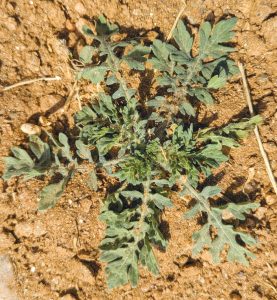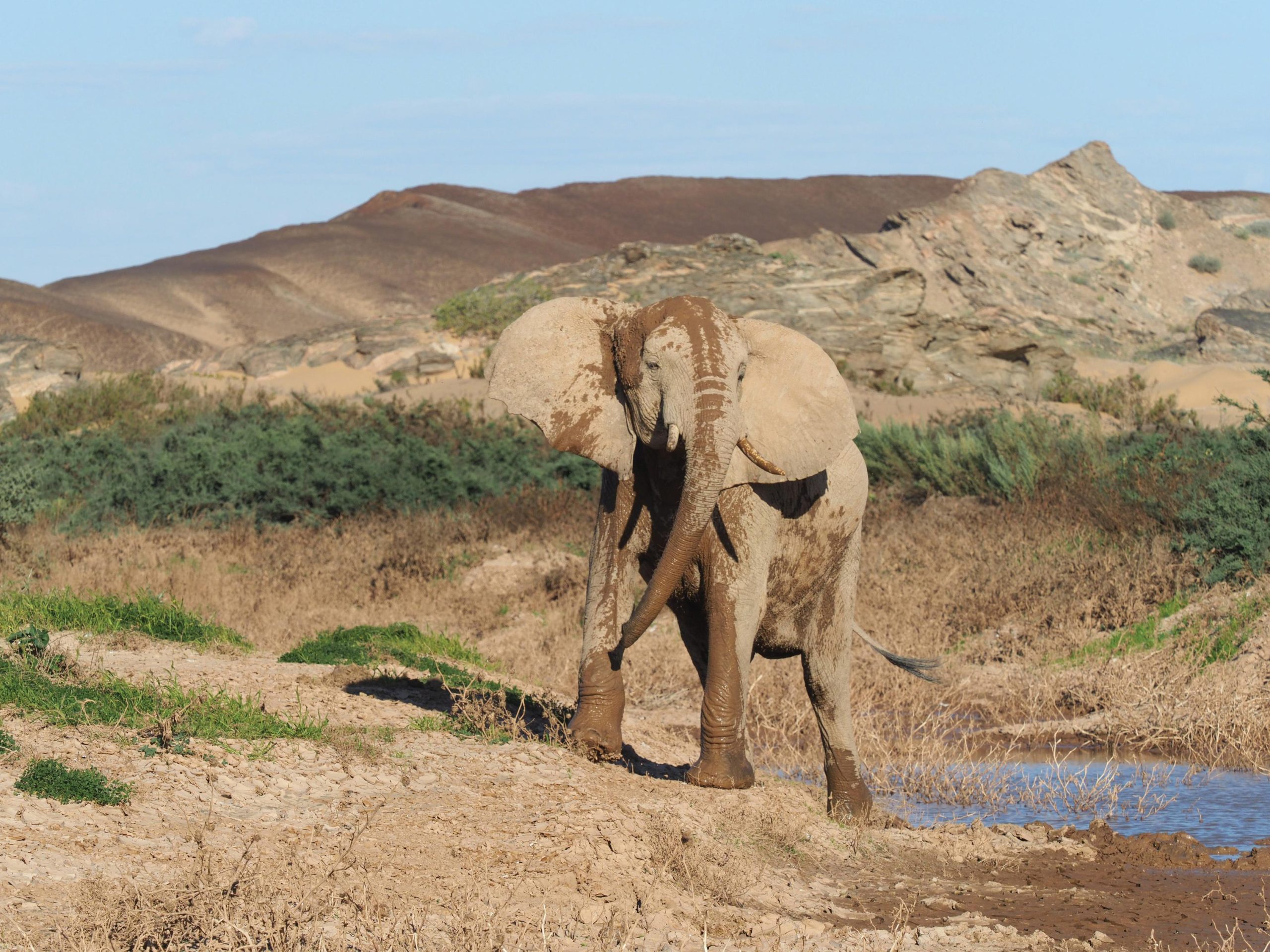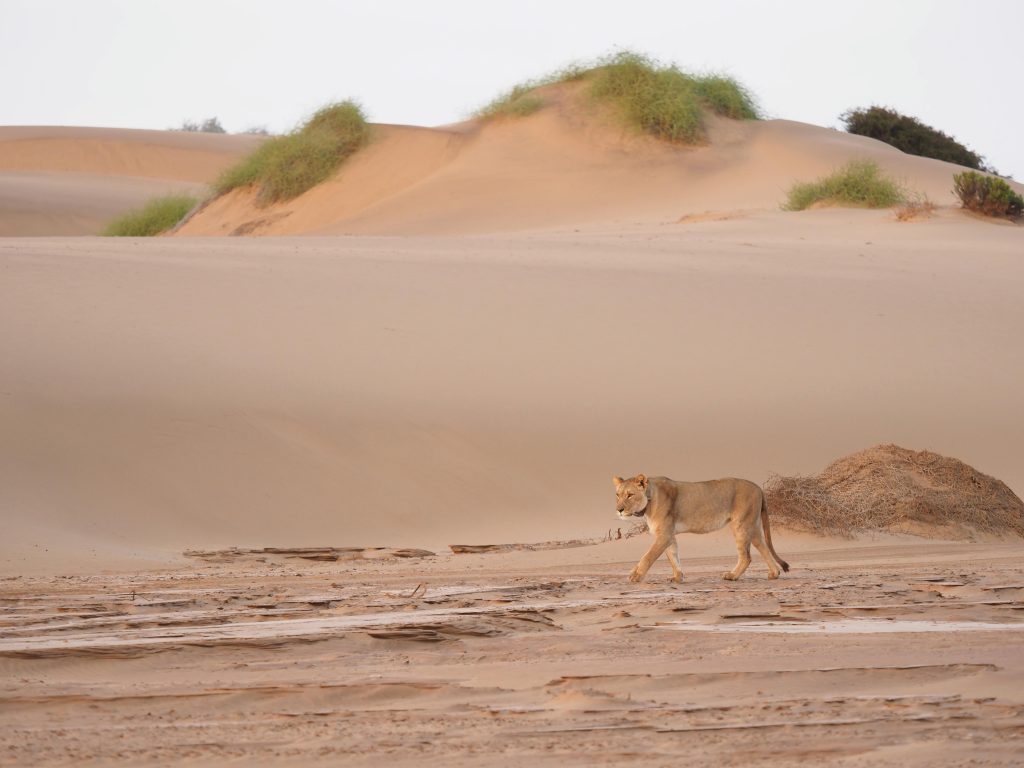
Famine Weed: Namibia’s emerging ecological threat
Famine weed, a fast-spreading invasive plant, threatens Namibia’s ecosystems, farms, livestock and health. Learn how to identify, remove and stop its spread before it’s too

Photography: Gerhard Thirion
The African elephant, a strong and majestic giant, is a key feature on the plains, in the forest and across other landscapes in Africa. In remote parts of north-western Namibia these gentle giants have adapted to survive in harsh desert conditions. In Kaokoland the desert-adapted elephants’ home ranges cover as much as 3 000 km², with the animals trekking up to 200 km in search of water. It was thought initially that these elephants were a different species to the African elephant, Loxodonta africana, because they seem to have longer legs, are taller and have larger feet. However, because they have less to eat than their Etosha counterparts, they don’t carry the same body mass, and therefore appear to be taller and have longer legs. But they do have larger feet, an environmental adaptation caused by walking primarily on soft sand all their lives.
Kaokoland’s desert-adapted elephants rotate the home ranges that they occupy as the seasons change to where food and water can be found. Herds are led by a matriarch, who is usually the oldest female and has accumulated as much as 30 years’ experience of the climatic conditions in her home range. By definition, desert-dwelling elephants occupy an arid habitat for at least part of the year and have special behavioural characteristics, large annual and seasonal ranges, and a social structure and daily activities suited to an arid environment. When feeding, these denizens of the desert take far greater care than their relatives in Etosha. They hardly ever fell trees, break fewer branches and debark much less than other elephants. Whereas adult elephants on average drink between 100–200 litres of water a day, in the Kunene Region they drink only once every three or four days. During droughts they dig deep, narrow holes (gorras) in dry riverbeds with their tusks, trunk and feet to find water.

Another curiosity of the area is the remarkable desertadapted lion. With only a small number of their kind left, the desert lions are a rare group of carnivores that have adapted to survive in one of the harshest, most unforgiving landscapes on earth. With their numbers dwindling as poaching and human encroachment threaten their future, sightings are few and far between.
For more information on the desert lions of the Namib visit desertlion.info
Find more Namibia travel inspiration at thisisnamibia.com
Follow @thisis_namibia on Facebook and instagram for extraordinary Namibia travel stories.

Famine weed, a fast-spreading invasive plant, threatens Namibia’s ecosystems, farms, livestock and health. Learn how to identify, remove and stop its spread before it’s too

Namibia’s 3rd Oil and Gas Conference highlights opportunities from recent discoveries, aiming to turn 11 billion barrels of oil and vast gas reserves into regional

Namibia relaunches the RightStart Early Childhood Development Programme to boost early learning, child nutrition, birth registration and family support, ensuring every child has the right

Namibian artist Fillipus Sheehama transforms found objects into powerful mixed-media works that explore inequality, culture and memory. Discover his art and teaching in Windhoek.